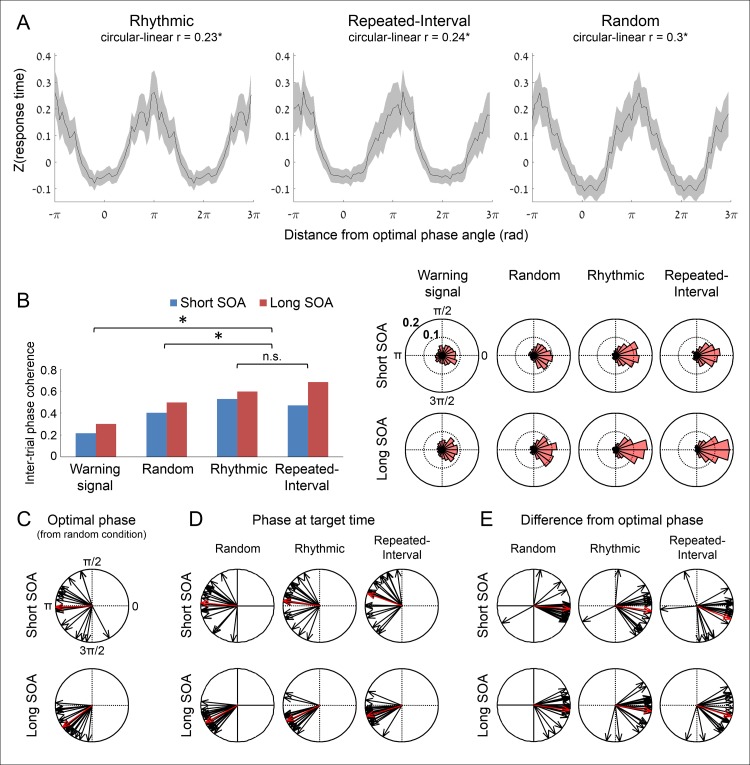Fig 5. Similar phase modulation of occipital delta-band activity (0.5–3 Hz) by rhythm- and memory-based temporal predictions.
(A) Association between delta phase and performance in the three experimental conditions. Standardized RT as a function of distance from optimal delta phase at target time, pooled across all trials and smoothed with a moving π/2 wide window (two identical waveforms concatenated for visualization). To accumulate across subjects, we standardized RTs within subject and normalized phases to have an optimal phase of zero. *p < 0.05. (B) Inter-trial phase coherence (ITPC) values and polar histograms of delta phase in the two predictive conditions at target time, and in the two control conditions, at target time in the Random condition and at WS time in the Rhythmic condition. *p < 0.05. (C) Optimal delta phase angles in short and long target SOAs for each participant (black) and across participants (red). (D) Delta phase angles at target time in the three experimental conditions in short and long target SOAs, averaged across trials for single participants (black) and across participants (red). (E) Differences between average delta phase angles at target time and the optimal angles for single participants (black) and group (red). A difference of zero implies that the phase at target time was identical to the optimal phase.

